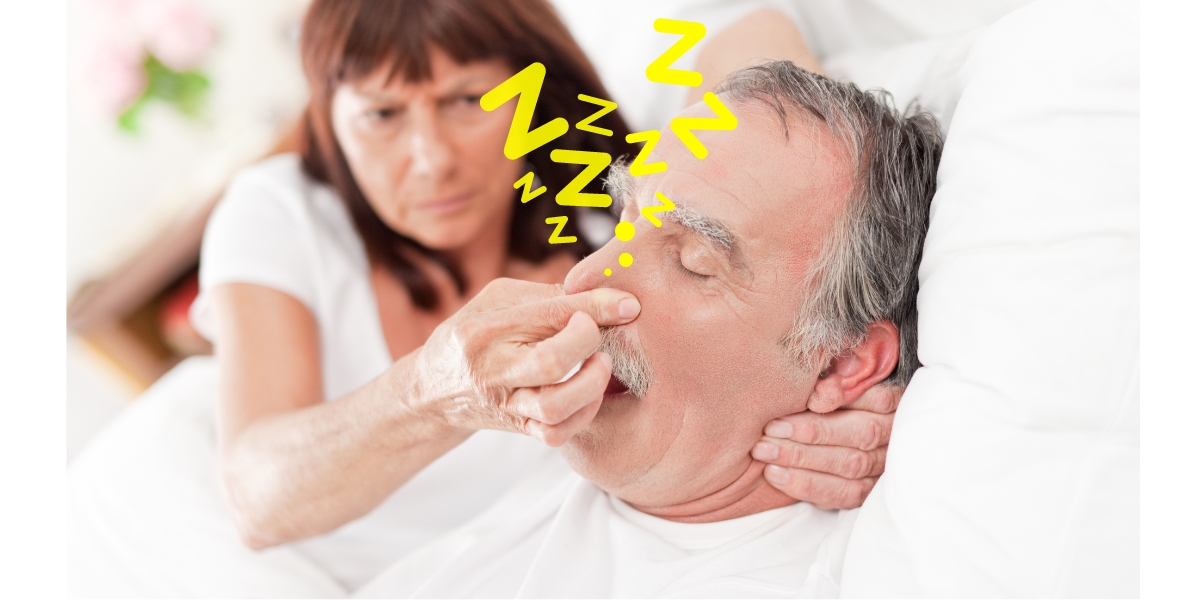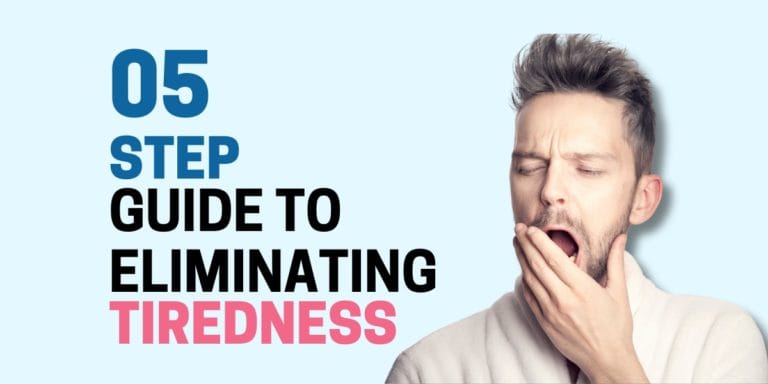How the CPAP Australia Machine Fixed my Sleep Apnea
In 2006, a study published in the British Medical Journal found that playing the didgeridoo can reduce snoring and improve the quality of sleep for both the players and their partners.
I don’t know about you, but I wouldn’t want to be that noisy neighbour playing the didgeridoo at 11 pm just to get a good night’s sleep.
So, instead, I decided to invest in a little-known device called the CPAP machine. But before I delve into the details of this life-changing device, let me share a bit about my story.
Discovering the CPAP Australia machine
The driving force behind my decision to try the CPAP machine was mostly due to my lack of energy throughout the day and my partner of 14 years. I would sometimes wake up in the middle of the night with a pillow over my face (she sure has a funny way of showing affection). She would even wait for me to wake and abruptly play a recording of me snoring, which could easily be mistaken for the sound of a freight train passing through.
So, I did what any sane 30-year-old male would do and went to TikTok to find solutions, which led me to buy a chin strap.
Well, that was a waste of money!
Since then, I tried many different things, from nasal strips to special pillows to dental mouthpieces. But none of these worked until I visited my local ENT (ear, nose, throat) specialist.
The specialist gave me a device to take home for the night, which involved strapping wires on me while I slept so that they could record and analyse my sleep. The report confirmed that I had sleep apnea, and the specialist provided me with a solution in the form of a CPAP machine.
At the time, I felt relieved, not because I finally understood why I snore but because I could now give relief to the people around me.
I don’t have to be embarrassed about my sleeping habits anymore.

The Early Days of CPAP Use
Before using the CPAP machine, I would often feel tired during the day and experience brain fog. This may explain why I lacked intelligence! Ha
It is said that people suffering from sleep apnea repeatedly stop breathing at night, sometimes hundreds of times. As a result, the brain and the rest of the body may not receive enough oxygen.
There are two main types of sleep apnea:
Obstructive Sleep Apnea, which occurs when the throat muscles relax and Central Sleep Apnea, which occurs when the brain fails to send proper signals to the muscles that control breathing. Symptoms of both types can overlap, and some individuals may experience both, known as complex sleep apnea syndrome.
Symptoms of Sleep Apnea
If you’re wondering if you might have sleep apnea, there are several symptoms you should look out for.
These include if you:
- Stop breathing for a few seconds during sleep – Usually, someone else will notice and tell you about it.
- Wake up suddenly gasping or choking for air – Interrupting your sleep cycle, making you tired the next day.
- Wake up with a headache – Which might be because you’re not getting enough oxygen while you sleep.
- Feel sleepy all day and have trouble staying awake – Even during activities like reading, watching TV or driving.
- Have trouble remembering things – Such as paying attention and concentrating on everyday tasks.
- Often, feeling like you’re in a bad mood – feeling irritable, anxious or depressed.
- Wake up with a dry mouth or a sore throat – Because you breathe through your mouth all night or try to breathe despite a blocked airway.
- Need to pee often during the night – Your body thinks it has too much fluid because of changes in your breathing. So, your body makes more urine, leading you to need to pee more at night.
- Don’t feel like having sex – Due to having disrupted sleep, leaving you exhausted and reducing your desire.
- Have trouble staying asleep – Because of frequent pauses in breathing, which can wake you up throughout the night, making it hard to stay asleep.
What is a CPAP Machine?
For those who are unfamiliar, a CPAP machine is a device that delivers a steady stream of air through a mask by pushing air through your oral or nasal passage, keeping your airway open while you sleep. CPAP stands for “Continuous Positive Airway Pressure”.
Before making the investment, my main concern was about the comfort level of using a mask while sleeping. However, I recalled how my friends used to make comments about my ability to sleep soundly through anything.
I even slept through a prank they played on me once, where they set all their alarms to go off 30 seconds from each other. The prank backfired on them when they had to turn off the alarms one by one and got annoyed instead. Haha
So, I don’t think wearing a mask would be a problem for me, considering my ability to sleep even through an apocalypse.
My Experience with a CPAP machine
I personally use a Resmed CPAP machine brand.
When I first started using it, the air pressure was so intense that it caused my nose to bleed. However, after a few days of regular use, my body adjusted to the pressure. I started with the weakest pressure and gradually increased it over time.
To make breathing easier, I purchased the full mask instead of using just the nasal mask, which allowed me to breathe through my mouth and nose. The first few weeks felt uncomfortable, but the benefits of using the CPAP machine were immediate.
The snoring was significantly reduced and even stopped after a few months. Consequently, my quality of sleep improved as I was able to sleep continuously throughout the night, waking up revitalised and energised to tackle the day ahead.
I even noticed an improvement in my memory; I swear I felt like my brain expanded just a little bit. But more importantly, it’s made a positive impact on my relationship.
As they say, “happy wife, happy life”, and that certainly applies to me!
They say that not getting enough oxygen is the main reason for feeling tired and sluggish. I realised that I was a mouth breather, which made things worse. If you are like me and are considering buying a CPAP machine, I suggest starting with a full face mask and then switching to a nasal mask.
In the long run, you should breathe through your nose so that more oxygen goes directly to your brain.
Here’s an interesting fact: Nasal breathing produces nitric oxide, which is a gas that has many health benefits, including improving the body’s ability to absorb oxygen and fighting off pathogens. Unlike mouth breathing, which does not produce nitric oxide, breathing through your nose can improve overall health.
Adjusting to Life with CPAP
What does my nightly bedtime routine look like?
Well, before going to bed, I fill up the water tank of my machine up to the suggested line, put on the mask and fall asleep. It’s that simple.
Not much has changed except for wearing the mask while sleeping. It’s a sacrifice I’m willing to make in exchange for a tonne of benefits, such as improving my health, creating a better sleeping environment for everyone, and giving me more energy.
My final thoughts
I know. My journey with sleep apnea has been a rollercoaster ride. From trying various remedies to finally discovering the CPAP machine, it has been quite a transformation.
The CPAP machine has improved not only my sleep but also my overall quality of life. I am no longer tired during the day or have brain fog, and I am much more productive.
If you’re experiencing any of the symptoms mentioned earlier, I encourage you to seek professional advice.
Don’t ignore the signs and think it’s just snoring. Sleep apnea is a serious condition that can impact your health in many ways.
Lastly, I want to stress the importance of taking charge of your health. It’s easy to ignore the signs and continue living the same way, but it’s not worth it. The CPAP machine has been a game-changer for me, and I hope my story encourages others like you to take their health seriously and seek out solutions that will specifically work for you.





Hello, Neat post. There’s an issue together with your site in internet explorer, would check this IE still is the marketplace chief and a large element of other folks will leave out your magnificent writing due to this problem.
ZRmUl UNW FTk MgW zEwVxM tqJwQy kXtjVd